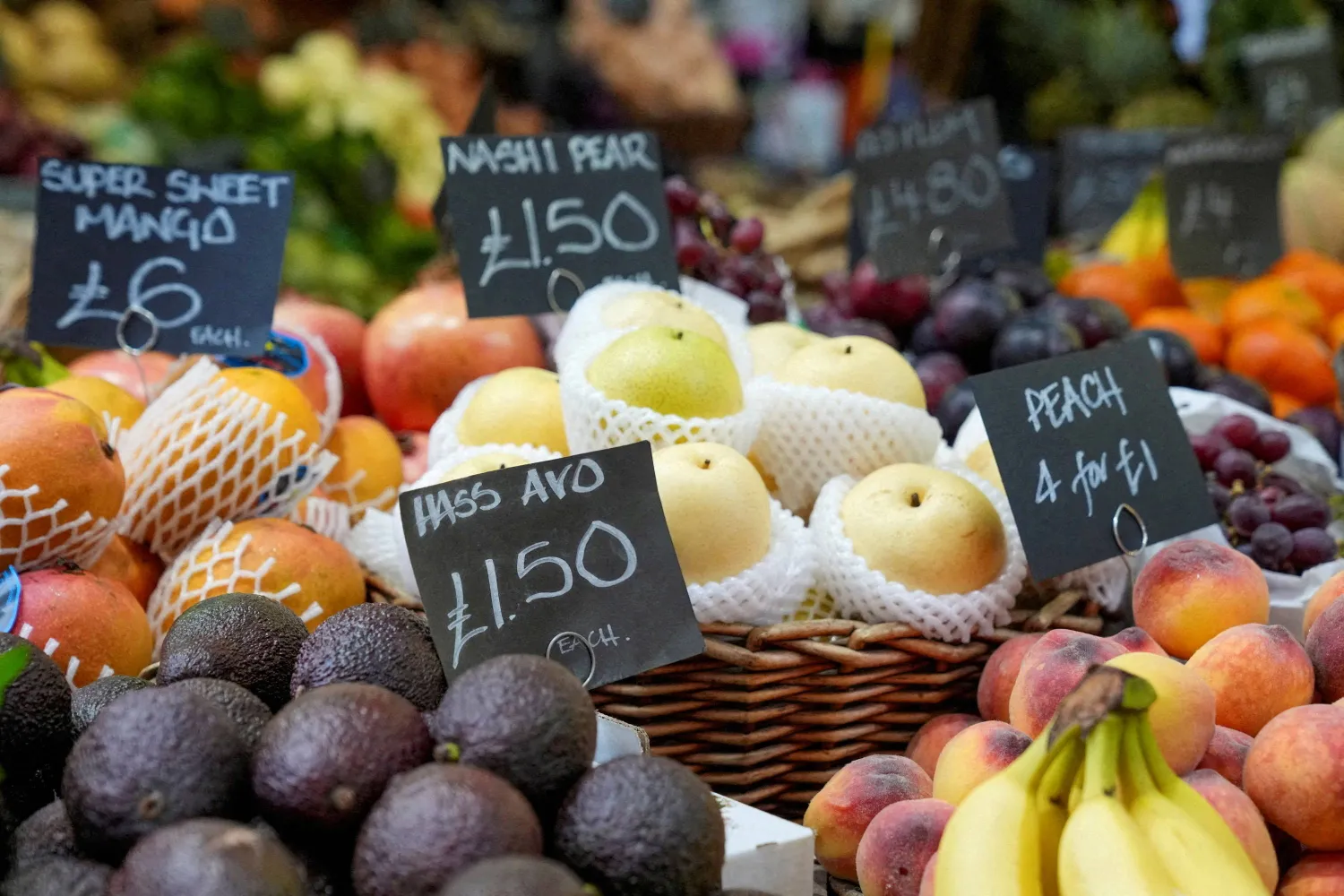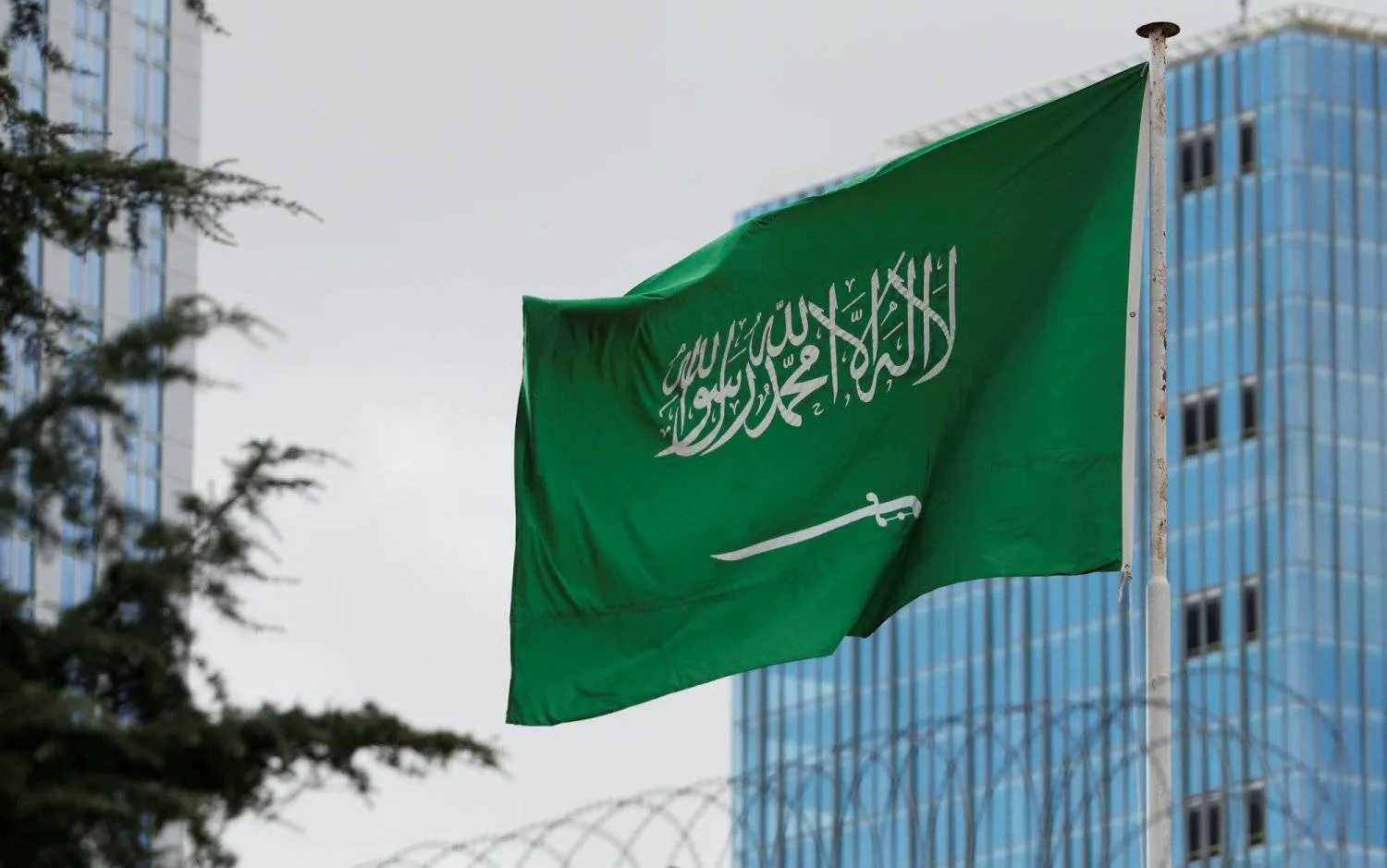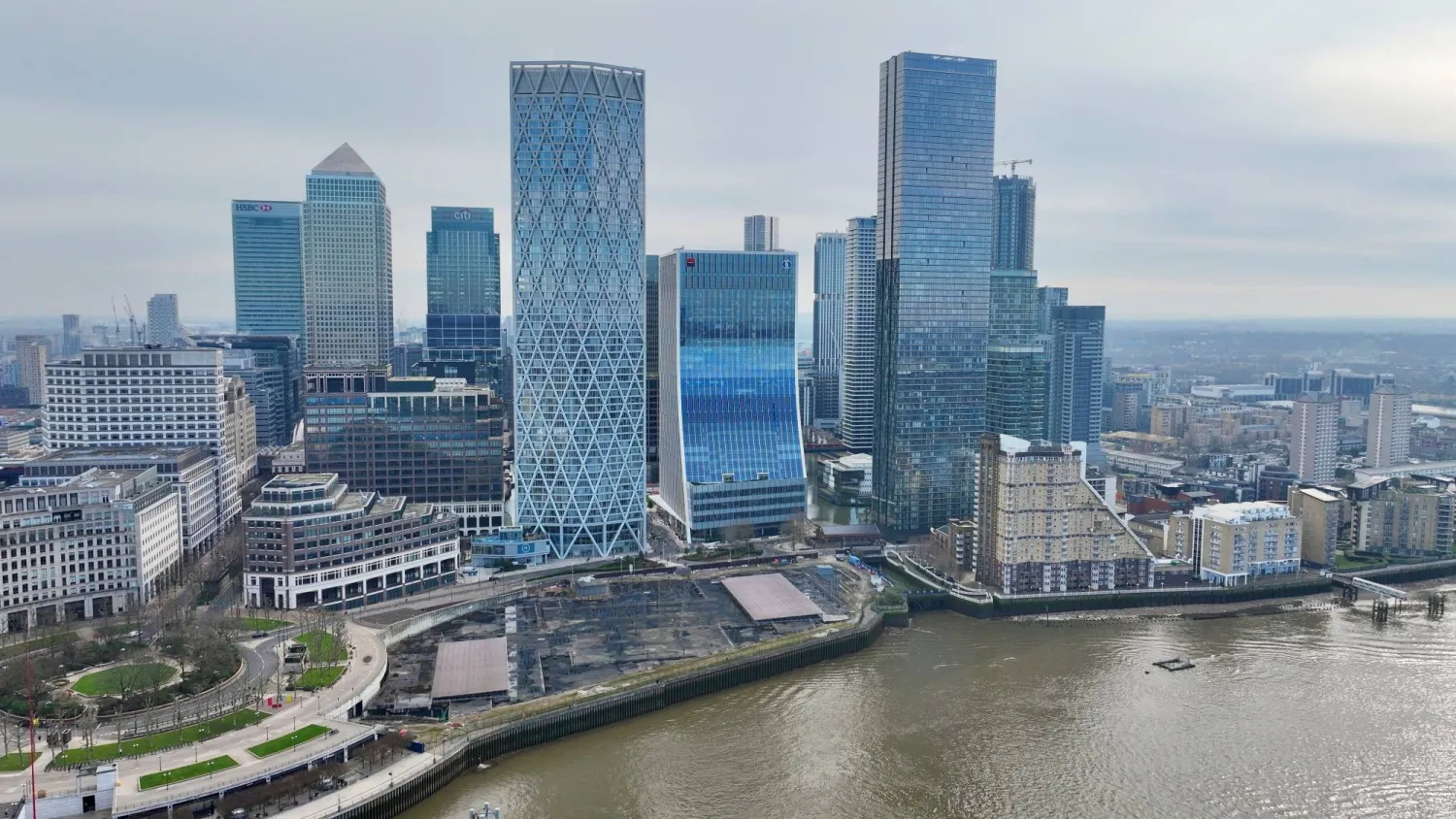The Arab Gulf and Egypt have joined the global race to secure a share of the green hydrogen industry, either through production or through long-term contracts to ensure abundant supplies, amidst worldwide energy sector upheavals.
This aligns with their ongoing efforts to transition their economies to be more environmentally friendly.
Green hydrogen is currently seen as a significant investment magnet, with its market expected to reach a value of $1.4 trillion annually by 2050, according to a report by Deloitte.
The EU has allocated billions of dollars to produce hydrogen both within and outside its member states.
The bloc anticipates an annual need of approximately 20 million tons; of which, it will produce 10 million. The remainder will be imported from abroad, including sources like Egypt and Mozambique.
Similarly, Japan is heavily investing in green hydrogen. It has committed to spending over $100 billion over the next fifteen years to augment supply by securing domestic and foreign sources.
By 2030, Japan anticipates needing three million tons annually, an increase from the current two million. This demand is projected to leap to 12 million by 2040.
Moreover, hydrogen has the potential to play a pivotal role in helping Gulf Cooperation Council (GCC) countries achieve their net-zero objectives.
According to PwC, the swift transition to green hydrogen offers GCC nations the opportunity to pioneer in this emerging industry. Green hydrogen could serve as a versatile and primary energy source in a carbon-free future.
PwC suggests that the GCC states have a competitive edge in green hydrogen production due to the abundance of low-cost solar energy. Additionally, the availability of land and port infrastructure within their special economic zones further enhances these natural advantages.
For GCC countries, developing a hydrogen supply chain is of paramount importance, especially since the majority of projects are export-oriented.
Saudi Arabia is constructing the world’s largest green hydrogen production facility in the future mega-city NEOM, located in the Kingdom’s northwest.
With an anticipated cost of $500 billion, the initiative is poised to position the Kingdom prominently on the global map for clean energy transition.
In July, Saudi Arabia announced its intention to join the Global Hydrogen Trade Forum, set to be launched by the Clean Energy Ministerial (CEM). The group is an international coalition formed to advocate for clean energy policies. The forum aims to bring together hydrogen importing and exporting countries to discuss international trade of this fuel.
Also in July, the UAE, which is set to host the UN Climate Change Conference (COP 28) later this year, approved a hydrogen strategy that aims to produce 1.4 million metric tons of hydrogen annually by 2031, positioning the country among the world’s top ten hydrogen-producers.
Oman is also making steadfast strides toward entering the green hydrogen market. The sultanate aims to diversify its energy sources by relying on hydrogen and increase the renewable energy contribution to its national electricity mix to 30% by 2030, with plans to raise this to about 39% by 2040 as part of its carbon neutrality goals.
Egypt, meanwhile, is targeting a production of 5.8 million tons annually by 2024. Out of this, 3.8 million tons are earmarked for export each year, representing 5% of the global green hydrogen market.









